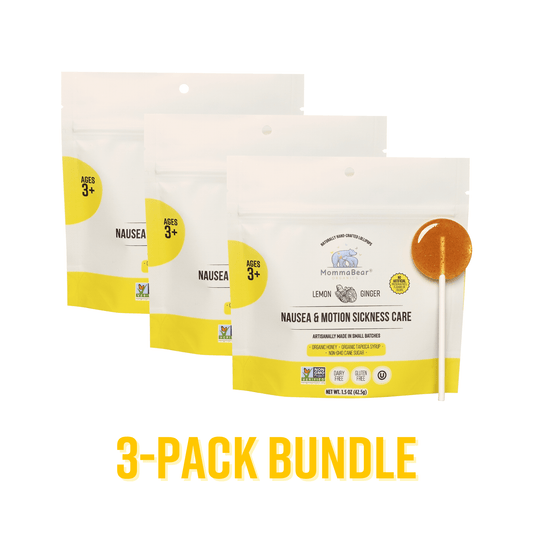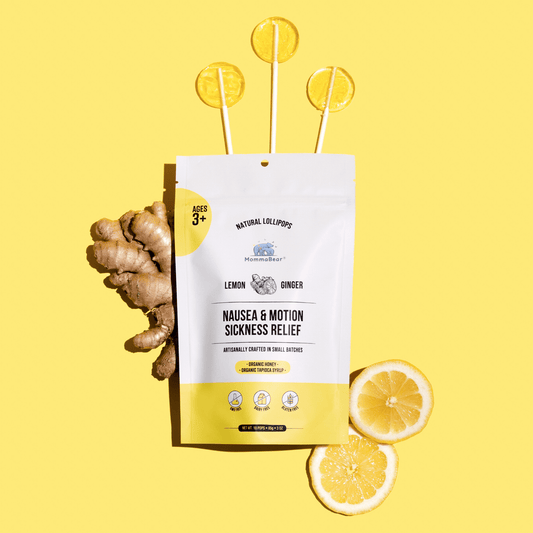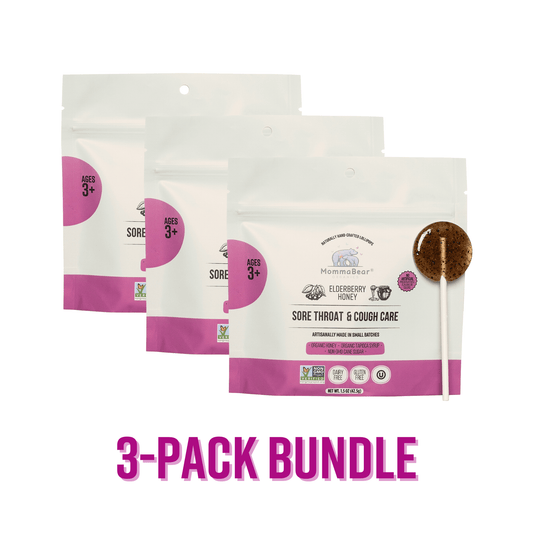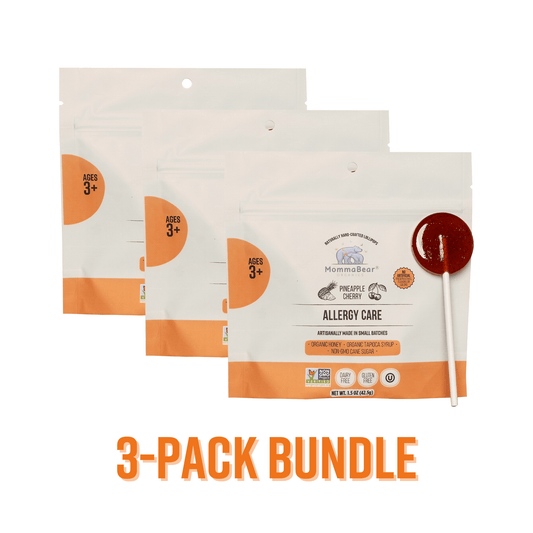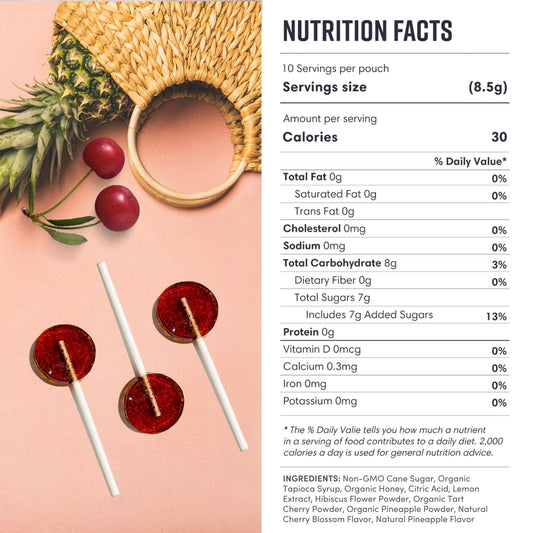I swear, the candy aisle is one of the most confusing places in the grocery store. You just want to get a little treat for the kids, or for yourself, and suddenly you’re trying to decipher a million labels. I’ve been trying to lean into organic stuff more, and candy was the next frontier. It feels like a healthier choice, but what does that even mean? It’s not like it’s a salad. But after falling down a bit of a rabbit hole, I feel like I finally have a handle on it. It’s mostly about what’s not in it, you know?
Here are the big takeaways I've learned.
Key Points:
-
Health Benefits: It really boils down to fewer pesticides and no artificial junk. Plus, you get nutrients from real ingredients, which is a plus.
-
USDA Certification: That little green seal is what you want to look for. It’s like a promise that it meets certain standards.
-
Ingredients: Think honey instead of corn syrup, and colors from beets instead of some chemical I can't pronounce.
-
Safety: The good brands are really clear about allergens and seem to care more about how they make things.
And here’s a super simple comparison that helps me keep it straight.
Quick Comparison:
| Feature | Organic Candy | Conventional Candy |
|---|---|---|
| Ingredients | Natural, organic sources | Synthetic additives |
| Pesticide Residues | Minimal to none | May contain residues |
| Artificial Additives | None | Commonly included |
| Nutritional Value | Higher antioxidants | Limited natural nutrients |
I mean, when you see it laid out like that, it just makes sense. MommaBear Organics is a brand I found that makes these lollipops with wildflower honey, and they’re actually helpful for things like a sore throat or an upset tummy on a car ride. They’re gluten-free and all that, which is a relief. For our family, it just feels like a smarter way to make sweets.
'Healthy' candies grow in popularity, but are they really better?
This is the question that’s always in the back of my mind. Is it really better, or is it just more expensive? I used to think it was all just marketing, but the more I look into it, the more I realize there’s a real difference. It’s not about making candy a health food, because it’s not. It’s about choosing an option with cleaner ingredients and a more thoughtful process behind it.
Organic Candy Standards
So, this is where it gets a little technical, but it’s actually pretty important. The word "organic" isn't just thrown around; there are actual rules that companies have to follow to use it. It’s all about making sure we know what we’re buying.
USDA Certification Rules
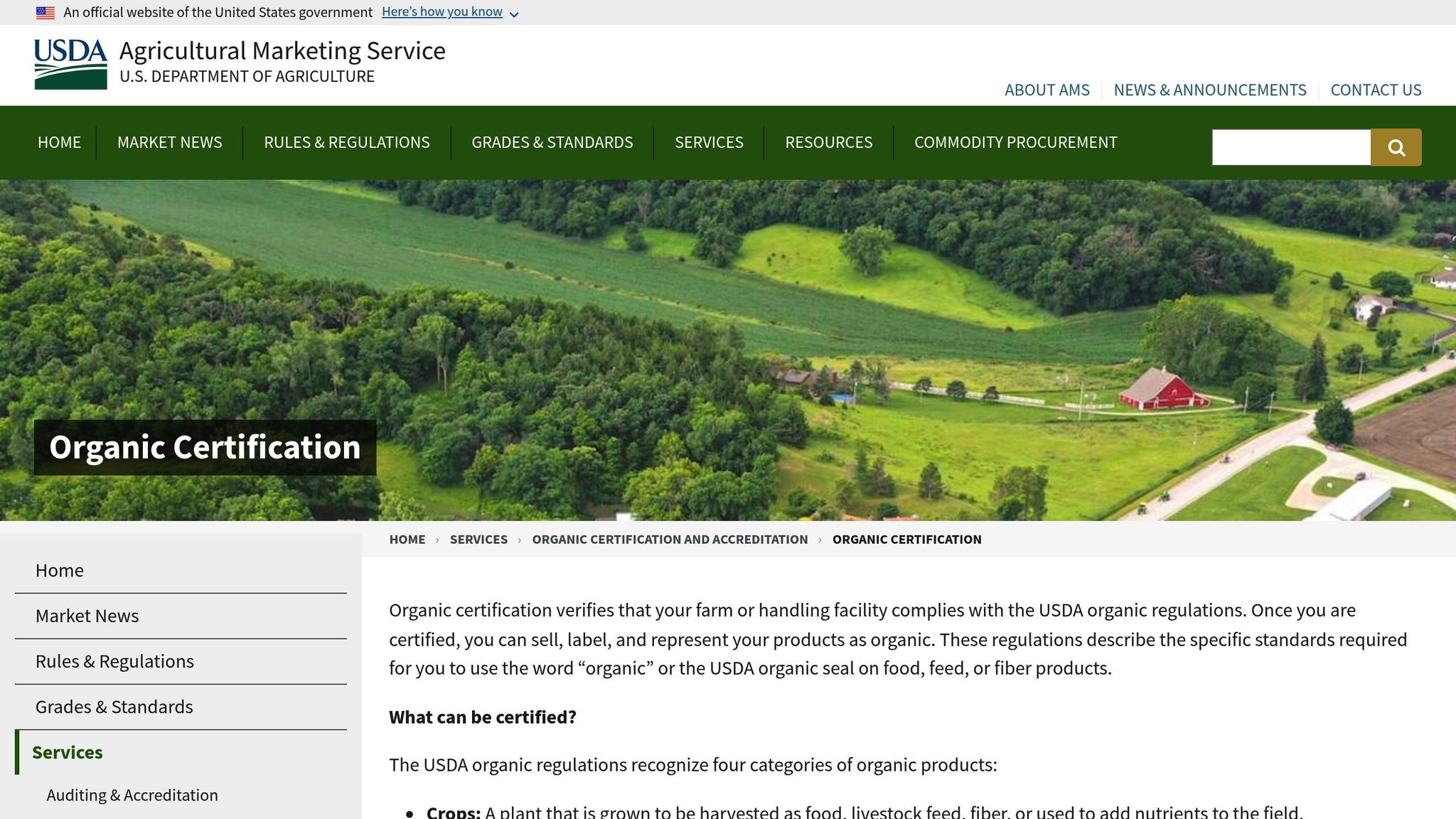
That little USDA organic seal is kind of a big deal. It means the government has certified that what’s inside is at least 95% organic. To get it, companies have to go through inspections and prove they’re following the rules.
And the rules are pretty specific. They have to avoid a bunch of stuff I wouldn’t want in my food anyway, like genetic engineering and… get this… sewage sludge. Yeah, I read that on the USDA site. They also have to be super careful to keep organic and non-organic ingredients separate.
I saw this quote that put it really simply:
"Organic is a label that indicates that a food or agricultural product has been produced according to the USDA organic standards, which require operations to use practices that cycle resources, conserve biodiversity, and preserve ecological balance." – USDA Agricultural Marketing Service
So yeah, it’s about more than just the candy itself. It’s about the whole system, which feels good to support.
Organic Candy Production Requirements
It turns out there are different levels of "organic," which I didn't know at first. It all depends on how much of the ingredients are certified organic.
Here’s what I keep in mind:
| Certification Level | Organic Content | USDA Seal Usage | Key Requirements |
|---|---|---|---|
| Organic | 95–100% | Allowed | All agricultural ingredients must be organic unless unavailable |
| Made with Organic | 70–94% | Not Allowed | Must specify which ingredients are organic |
| Less than 70% Organic | Below 70% | Not Allowed | May only list specific organic ingredients |
These categories make it way more transparent. Plus, they have to follow the rules for labeling major allergens, which, as a mom, is a huge relief. It’s also a registered trademark, so a company can get in big trouble for using the seal if they’re not actually certified. That adds a layer of trust, for sure.
Organic Candy Ingredients
Okay, this is the part I really care about. What is actually in this stuff? Knowing the ingredients helps me feel like I’m making a smart choice, not just a blind guess.
Key Ingredients in Organic Candy
The whole idea is to stick with natural, chemical-free stuff. This is how I usually remember it:
| Ingredient Type | Organic Options | Purpose |
|---|---|---|
| Sweeteners | Raw honey, organic cane sugar, maple syrup | Adds sweetness |
| Colorants | Beetroot, spirulina, turmeric | Provides color |
| Flavorings | Plant extracts, essential oils | Adds flavor |
| Base ingredients | Organic cocoa, fruit purees | Forms the base |
It just feels more like real food, you know? Like the lollipops from MommaBear Organics. They use raw wildflower honey, which is not only a sweetener but is also just... better for you.
"Our lollipops and suckers are made with organic raw wildflower honey - a natural sweetener with antibacterial properties that supports wellness. Free from GMOs, gluten, dairy, high fructose corn syrup, and artificial sweeteners, our products are gentle on the body and perfect for kids and adults alike." - MommaBear Organics
Allergen Safety and Labeling
This is a big one. The constant worry about what might be hidden in food is exhausting. With organic brands, it seems like they’re more aware of this. They have to label the big allergens clearly. I always check the "may contain" warnings, too, just in case.
MommaBear Organics seems to get it. They make their lollipops in small batches, which just feels safer than some massive factory. And they’re certified gluten-free and dairy-free, so that’s two fewer things to worry about.
"Inspired by nature's remedies, flavors like honey, lemon, and ginger deliver time-tested relief in every lick - without harmful additives or side effects." - MommaBear Organics
It just gives you peace of mind, and that’s worth a lot.
sbb-itb-e1a023f
Health and Nutrition Facts
Let's be honest, it’s still candy. But I think of it as a cleaner version. It doesn't have the synthetic junk, so the list of ingredients is usually shorter and simpler. I’ve also read that organic foods can have more antioxidants and vitamins, which is a nice little bonus.
Nutrition Comparison Chart
This chart kind of sealed the deal for me.
| Nutritional Aspect | Organic Candy | Conventional Candy |
|---|---|---|
| Antioxidants | Higher levels from natural sources | Limited or artificial sources |
| Pesticide Residues | Minimal to none | May contain residues |
| Vitamins & Minerals | Higher natural content | Often contains synthetic additives |
| Nitrate Levels | Naturally low | May be elevated |
| Artificial Additives | None | May include artificial colors, flavors, and preservatives |
On top of all that, some brands like MommaBear Organics are actually trying to make their candy helpful.
MommaBear Organics Health Benefits

This was such a cool discovery. They make these lollipops that are designed to help with everyday things like car sickness or a scratchy throat. They’re made with organic honey and other simple ingredients. No weird stuff.
I saw some reviews from other parents that sounded a lot like my own experience.
MaryBeth P. shares:
"Amazing product, great tasting and I don't have to worry about them interfering with my other medication!"
Lissa R. adds:
"They have been great for car rides and on the go. They work for nausea and taste amazing! I am so excited to tell everyone about them."
It’s just so practical. Here's a quick look at what they’re for:
| Health Concern | Key Benefits |
|---|---|
| Motion Sickness & Nausea | Helps ease nausea |
| Sore Throat & Cough | Soothes throat discomfort |
| Allergies | Offers gentle symptom relief |
Choosing Quality Organic Candy
Okay, so when I'm in the store, staring at the shelf and my toddler is about to have a meltdown, what do I actually look for? I’ve kind of developed a mental checklist to make the decision quickly.
What to Look For
Here’s what I try to remember to check for.
| Quality Factor | What to Check | Why It Matters |
|---|---|---|
| USDA Organic Seal | Look for the official seal on packaging | Ensures at least 95% organic ingredients |
| Ingredient List | Clear and complete listing of components | Helps spot potential allergens |
| Safety Certifications | FSSC 22000 certification | Verifies compliance with food safety standards |
| Allergen Labeling | Clear allergen warnings | Essential for avoiding allergic reactions |
| Production Standards | Information on manufacturing practices | Reflects quality control measures |
I read this one quote that made a lot of sense, about how everything from the farm to the package is connected.
"Maximizing quality in the cocoa value chain requires seamless integration and transparent relationships among growers, providers, and employees. Coordinating all process steps from planting to packaging fosters better quality control, sharing of best practices, and innovative feedback."
It just reminds me that it’s about the whole story, not just the final product.
MommaBear Organics: A Commitment to Quality
It’s one thing to have the right seals, but it’s another to know a little bit about the company itself. MommaBear Organics seems to really care about how they do things.
-
Small-Batch Production: This makes me feel like they’re paying more attention to each lollipop.
-
Sustainable Sourcing: They work with farmers who use eco-friendly methods.
-
USA-Based Manufacturing: It's nice to know their products are made here under strict rules.
-
Eco-Friendly Packaging: They’re trying to use less plastic, which is always a good thing.
They even have this "Parent Tested Parent Approved" (PTPA) seal, which is basically a stamp of approval from other parents. That makes me trust them more.
"MommaBear Organics, a women-led company, is passionate about crafting organic lollipops to naturally soothe small, common ailments. Based in the USA, we're committed to providing families with pure, health-conscious treats you can trust."
Conclusion
Organic candy offers a healthier choice for families aiming to enjoy sweets while minimizing health risks. Studies show that switching to an organic diet can lower pesticide exposure by up to 60% in just six days. Choosing organic candy provides several benefits:
| Benefit | Impact |
|---|---|
| Ingredient Quality | Free from GMOs, artificial colors, and synthetic additives |
| Health Protection | Limits exposure to pesticides and harmful chemicals |
| Environmental Impact | Promotes eco-friendly farming practices |
| Nutritional Value | May contain more antioxidants and micronutrients |
So, yeah. That's a lot of thinking for a simple lollipop. But I guess that's just part of being a parent, right? Overthinking everything. It’s not about finding the "perfect" candy or being the "perfect" mom. It's just about making a slightly better choice when I can. And if I can find a treat that my kid loves and that I don't have to feel guilty about, that feels like a huge win. It’s one less thing to worry about, and I’ll take that any day.
FAQs
What are the health benefits of choosing organic candy instead of regular candy?
Honestly, for me, the biggest benefit is knowing what's not in it. With organic candy, you’re dodging things like synthetic pesticides, artificial colors, and weird preservatives. You're getting a treat made from more natural stuff. I've also read that some organic ingredients can have more nutrients like Vitamin C. So, while it's still a treat, it just feels like a cleaner, simpler option. Plus, it’s better for the environment, which is a nice bonus.
Additionally, organic candy often contains ingredients that are naturally rich in nutrients like Vitamin C, iron, magnesium, and phosphorus, which can support overall health. By opting for organic, you’re also making a more environmentally friendly choice, as organic farming practices prioritize sustainability and reduce exposure to harmful chemicals.
How can I make sure the organic candy I buy is certified by the USDA?
Oh, this one’s pretty easy! Just look for the official USDA Organic seal on the package. It’s a little green and white circle. If you see that, it means the product has passed the government's strict standards—no synthetic pesticides, no GMOs, all that good stuff. It's a quick way to know you’re getting the real deal.
How do organic candy makers ensure their products are allergen-safe and environmentally friendly?
From what I’ve seen, the good companies really do seem to care about this. They tend to use natural sweeteners and colors, so there are fewer artificial things to worry about in the first place. A lot of brands, especially the smaller ones, make a point to be free of common allergens like nuts or dairy and are really clear about it on the label. As for being eco-friendly, many use packaging that can be recycled and source their ingredients from farms that practice sustainable agriculture. It feels like they're trying to make a product that's better for us and the planet.


